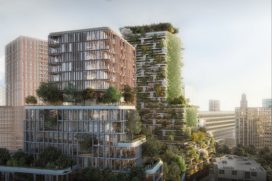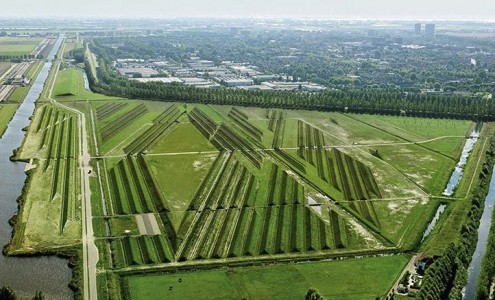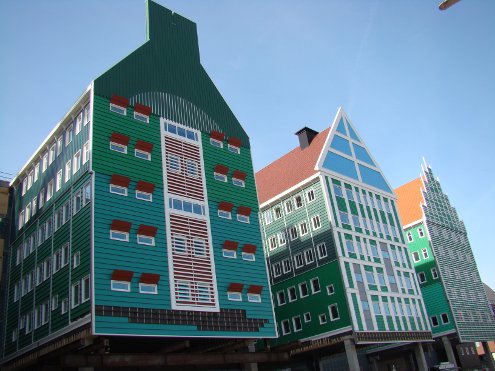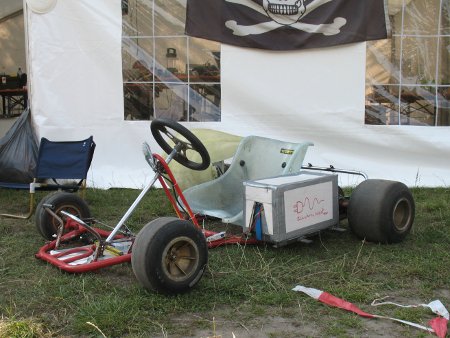
In Utrecht near Central Station, in the new district of the Jaarbeursboulevard, Milanese firm Stefano Boeri Architetti will erect the ‘Hawthrone Tower’, a Dutch vertical forest after having won an international competition.
“The 90-metre-tall tower will be covered by 10,000 plants of many different species, aimed at creating ‘an innovative experience of cohabitation between city and nature.’ The green façade will allow Hawthorne Tower to absorb more than 5.4 tons of CO2, scrubbing the air for healthier living conditions for both residents of the tower and the wider city.
Construction will start in 2019 and should be finished in 2022. As well, on the ground floor it will also house a ‘vertical forest hub’, a research centre for the implementation and education of urban forestation worldwide, open to the public.
(Links and photo: dearchitect.nl, archdaily.com)



